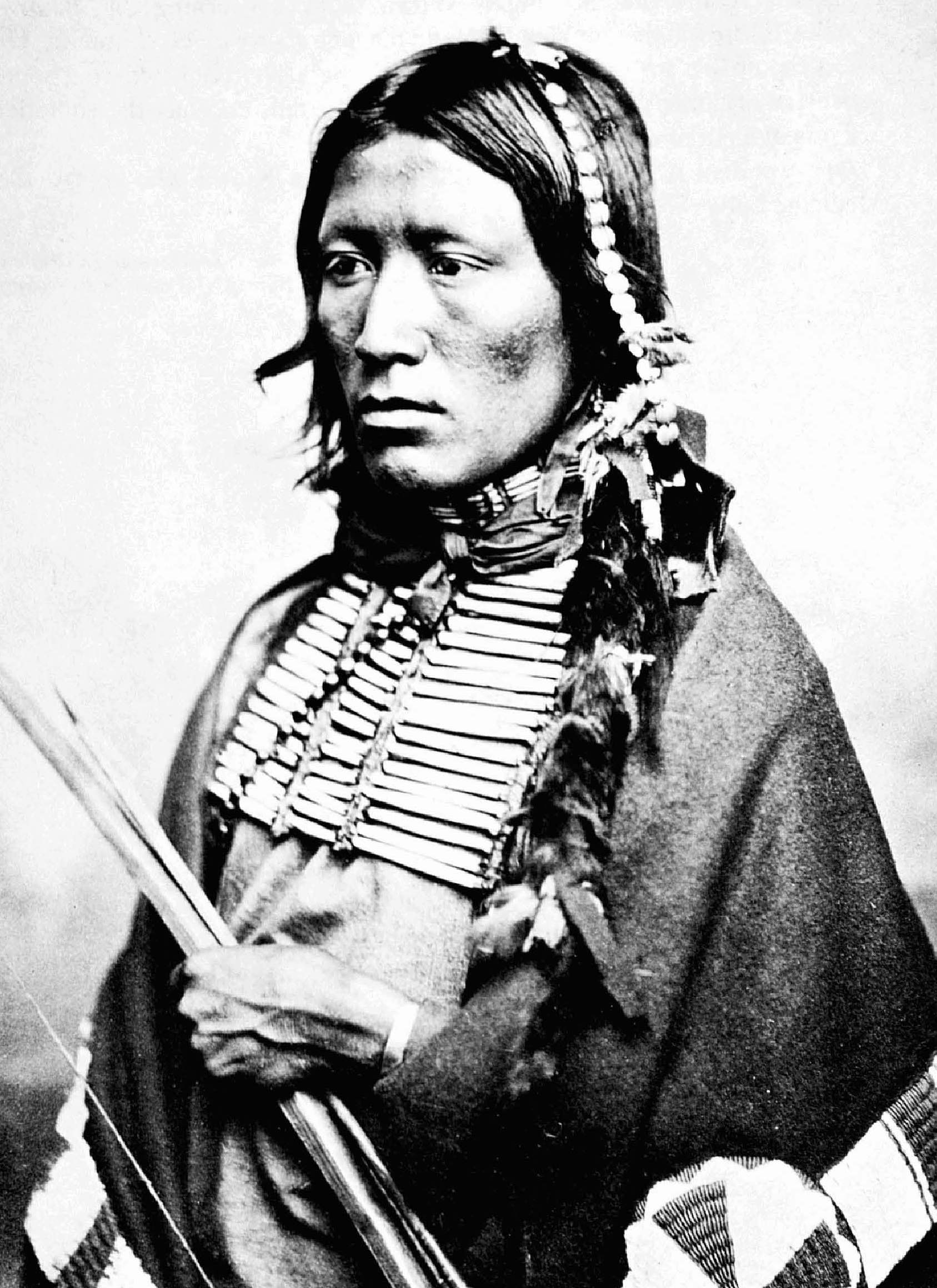Hair Drop on:
[Wikipedia]
[Google]
[Amazon]
 A hair drop is an ornament worn by men from
A hair drop is an ornament worn by men from
(retrieved 21 Oct 2010) In the late 19th century, hair drops incorporated"Sale 17539 - Native American Art."
''Bonhams.'' (retrieved 21 Oct 2010)
Great Lakes tribal culture Indigenous culture of the Great Plains Headgear Native American jewelry
 A hair drop is an ornament worn by men from
A hair drop is an ornament worn by men from Great Lakes
The Great Lakes, also called the Great Lakes of North America, are a series of large interconnected freshwater lakes spanning the Canada–United States border. The five lakes are Lake Superior, Superior, Lake Michigan, Michigan, Lake Huron, H ...
and Plains tribes
Plains Indians or Indigenous peoples of the Great Plains and Canadian Prairies are the Native American tribes and First Nations peoples who have historically lived on the Interior Plains (the Great Plains and Canadian Prairies) of North ...
. It would be tied to the man's hair. The typical example consists of a quilled or beaded section on a strip of leather, which was later attached to an American buffalo tail. They could be over two feet long.Hansen 133
Early hair drops were decorated with porcupine quillwork.
As more Europeans arrived on Plains Indian lands in the later 19th century, glass beadwork became more common. Hair drops are frequently adorned with tin cones, silver, and feathers. The horse hair drop can be dyed for effect. One 1870 Cheyenne
The Cheyenne ( ) are an Indigenous people of the Great Plains. The Cheyenne comprise two Native American tribes, the Só'taeo'o or Só'taétaneo'o (more commonly spelled as Suhtai or Sutaio) and the (also spelled Tsitsistas, The term for th ...
hair drop was adorned with peacock
Peafowl is a common name for two bird species of the genus '' Pavo'' and one species of the closely related genus '' Afropavo'' within the tribe Pavonini of the family Phasianidae (the pheasants and their allies). Male peafowl are referred t ...
feathers."The Kerr Gallery."(retrieved 21 Oct 2010) In the late 19th century, hair drops incorporated
German silver
Nickel silver, maillechort, German silver, argentan, new silver, nickel brass, albata, or alpacca is a cupronickel (copper with nickel) alloy with the addition of zinc. The usual formulation is 60% copper, 20% nickel and 20% zinc. Nickel silver ...
disks, known as hair plates. Hair plates were most popular from 1835 to 1870, but are still made today for powwow
A powwow (also pow wow or pow-wow) is a gathering with dances held by many Native Americans in the United States, Native American and First Nations in Canada, First Nations communities. Inaugurated in 1923, powwows today are an opportunity fo ...
and ceremonial regalia. The men's hair drops are distinguished from women's hair plates, because the women wear theirs from belts at their waists.
Hair drops could have ceremonial importance. One Piegan Blackfeet
The Piegan (Blackfeet language, Blackfeet: ''Piikáni'') are an Algonquian languages, Algonquian-speaking people from the Plains Indians, North American Great Plains. They are the largest of three Blackfeet-speaking groups that make up the Bla ...
hair drop was worn to bring prosperity and included horse hair to protect the owner's horse.
The term hair drop is also used for braids of human hair worn by Plains men, attached to adornment. For instance, hair drops have been attached to Kiowa
Kiowa ( ) or Cáuigú () people are a Native Americans in the United States, Native American tribe and an Indigenous people of the Great Plains of the United States. They migrated southward from western Montana into the Rocky Mountains in Colora ...
mescal bean bandoleer worn in Native American Church
The Native American Church (NAC), also known as Peyotism and Peyote Religion, is a Syncretism, syncretic Native American religion that teaches a combination of traditional Native Americans in the United States, Native American beliefs and eleme ...
regalia.
Today 19th century hair drops are highly collectible and often sold by non-Native traders for thousands of dollars.''Bonhams.'' (retrieved 21 Oct 2010)
Notes
References
*Dubin, Lois Sherr. ''North American Indian Jewelry and Adornment: From Prehistory to the Present''. New York: Harry N. Abrams, 1999: 170–171. . * Ellison, Rosemary. ''Contemporary Southern Plains Indian Metalwork.'' Anadarko, OK: Oklahoma Indian Arts and Crafts Cooperative, 1976. Library of Congress Number 75-40659. * Hansen, Emma I. ''Memory and Vision: Arts, Cultures, and Lives of Plains Indian People.'' Cody, WY: Buffalo Bill Historical Center, 2007. . *Swan, Daniel C. ''Peyote Religious Art: Symbols and Faith and Belief.'' Jackson: University of Mississippi Press, 1999. {{ISBN, 1-57806-096-6.External links
Great Lakes tribal culture Indigenous culture of the Great Plains Headgear Native American jewelry